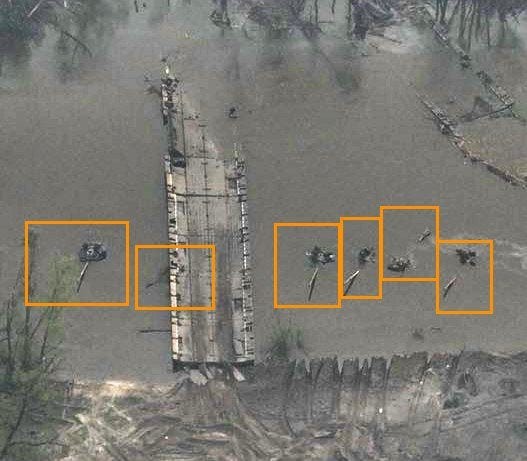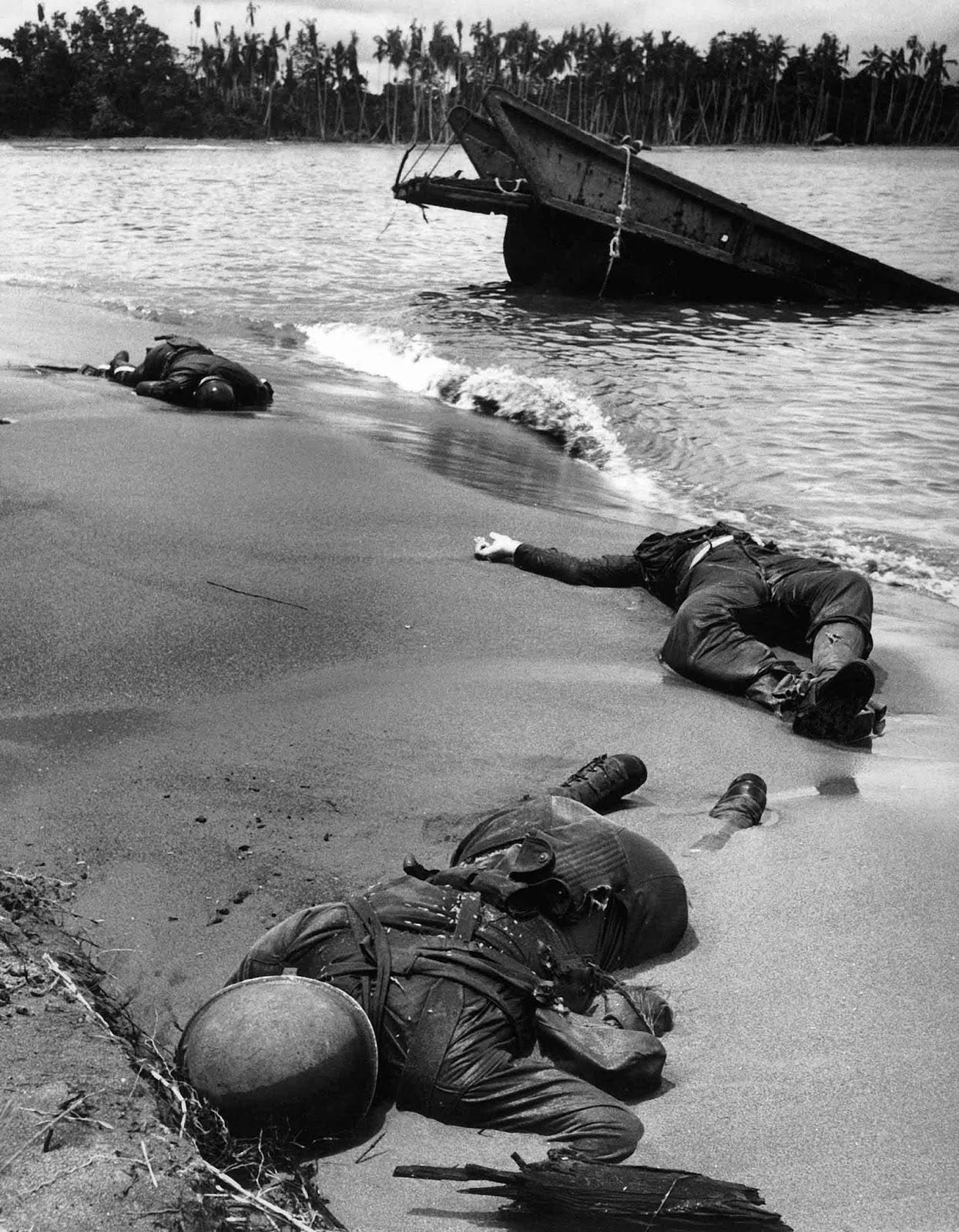Do We Really Care
TLDR: Not much and not for long.
You see it quite often. Critiques of modern society that lament the loss of attention span. Social media, television, a world of infinite distractions among the culprits. It gets baked into what I’ve come to call “generational measuring contests.”
In some quarters there’s a longing for what we believe existed before. A simpler time, a more traditional time. But the truth, from my seat, is we are all the same as we ever were. Certainly, the window dressing and tastes of culture change the way things look. But at the essence of humanity we are human, as we have always been. The pushes and pulls of our respective times reacted to similarly throughout time.
I pondered this idea most recently while reading about Ukraine. A Google trend chart of searches on the topic illustrated a spike in interest at the moment of invasion. This activity waned quickly and searches dropped.
This drop comes despite it being one of the most accessible wars in history. Images of the fighting are available in a way hard to imagine. During the American Civil War we could learn about a battle the day after it happened thanks to the telegraph. In the modern case of Ukraine we can see the nature of the conflict up close and soon after it happens thanks to the prevalence of cameras and internet connections. Want to see a drone strike, or a tank blown up by a landmine. It is all just a few taps away.
Circumstances like this can elicit a lot of nostalgic analysis about the perils and ills of modern society. “Back in my day” talk collides with moral judgement based on myth and misconception about what Americans were once like.
No generation bears the burden of this cliche more than the so called “Greatest Generation,” that fought World War Two. While their achievement was great I’ve learned one thing about them, they are all of us and any of us, then or now. People are people and we are magnificently flawed yet capable of conquering the seemingly impossible.
There’s a single photo that crystallizes this outlook for me. It was taken during World War Two, in the Pacific. If some had had there way, we would never have seen it. But we did. The reason, modern sounding concerns about Americans losing interest in the war effort, apathy and absence of caring.
The photo captured three dead Americans partially buried in the sand of a beach. It was taken 14 months into the war, in February of 1943, by Life Magazine photographer George Strock.
At the time government censors did not permit the publication of photos showing dead Americans. They were “cancelled” to use modern parlance. Life Magazine argued that it should be seen. Their argument in part, “we think that occasional pictures of Americans who fall in action should be printed. The job of men like Strock is to bring the war back to us, so that we who are thousands of miles removed from the dangers and the smell of death may know what is at stake”.
The case went all the way to President Roosevelt. He shared concerns that citizens at home were not aware of the price being paid for their freedom. As a result the photo was eventually published in September of 1943. It filled its own page. Life published an editorial explaining their decision. It read in part, “ The reason we print it now is that, last week, President Roosevelt… decided that the American people ought to be able to see their own boys as they fall in battle; to come directly and without words into the presence of their own dead.”
Less than two years after the “infamy” of the surprise attack on Pearl Harbor America’s president decided the people at home needed a jolt, a smack in the face, a reminder. I’ve read it helped improved contributions to War Bond drives. I’ve also read the publication negatively impacted enlistment. No one wants to die.
We have never been that different. We might believe the trappings of our time or lives elevate us. Others might say those very same things diminish us. I think we’ve pretty much always been the same and we like to make excuses, blaming the latest things to enter our lives is popular.




